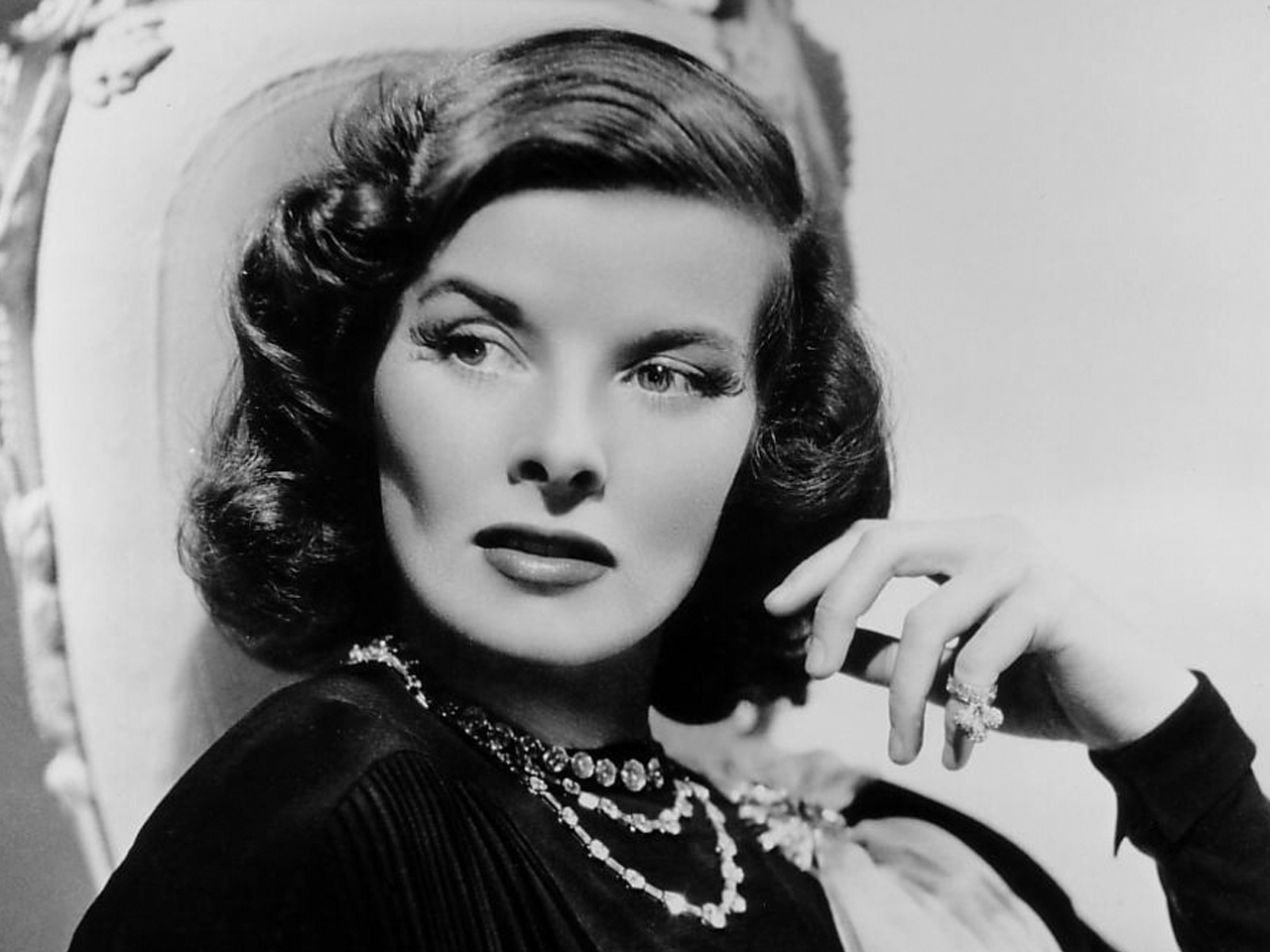
Of all the bones, the Zygomatic are relatively unassuming. The simple Zygomat — the common cheekbone — just sits around looking cute while her more famous neighbors do the quotidian work of locomotion. But looking cute is a job in itself and minute differences in the shape and position of this boney protuberance have semiotic functions far in excess of their musculoskeletal insignificance.
Beauty is not without its theory. In fact, there have been theories of beauty from time immemorial. We can only speculate what sparked the desire of some shaggy and huddled Neanderthals casting shy glances over an intimate dinner of mammoth bones but, judging from their stone Venuses, a prodigious butt must have been high on the list. Applying architectural precision to physiognomy, Plato proclaimed the “width of an ideal face would be two-thirds its length, while a nose would be no longer than the distance between the eyes.” (Note: Don’t try this at home, the results are scary.) Freud cut to the chase declaring: “the concept of beautiful has its roots in sexual excitation and that its original meaning was sexually stimulating.”
It seems that despite its sedentary existence, the demure cheekbone plays a rather extraordinary role in this complex dynamic. In the West, high and prominent cheekbones tapering to a narrow jaw are the ultimate sign of fine breeding. The drawing rooms of English novels are crowded with them. Both Katherine and Audrey Hepburn had fine specimens. So did Grace Kelly, Sophia Loren and an army of other sophisticates. (Its interesting to note that in men, prominent cheekbones oftentimes signifies villainy, suggesting perhaps, something suspiciously Asiatic.) Cheekbone envy fuels a global blush industry promising relief for those poor little zygomats not naturally endowed with the perfect prominence.
Why is it that this particular corner of anatomy has taken on such significance? Long after winning a Nobel Prize for a study regarding the lifestyle of wild geese, enthologist Konrad Lorenz applied his findings to the study of human society. He developed a theory of facial cuteness hypothesizing that all baby mammals share certain features — proportionally big heads and eyes, tiny mouths and chins — that render them universally adorable. This biological attraction secures the bonds between parents and their loveable offspring thus yielding an evolutionary advantage. Men are then irresistibly attracted to women who look babyish: high cheeks, big watery eyes, clear skin, delicate chins, cupid’s bow lips, etc. (which may explain the Japanese male’s almost-pedophilic obsession with the giant glistening eyes and diminutive frame of the animé heroine). Vladimir Nabokov’s famous pedophile Humbert Humbert describes his 12-year old Lolita thus: “the slightly feline outline of a cheekbone, the slenderness of downy limbs, and other indices which despair and shame and tears of tenderness forbid me to tabulate.”
It seems, however, a bit too essentialist to ascribe our cheek fetish to some deep, primordial infantilization. Perhaps it is simply a factor of an economy of scarcity. Only recently has plastic surgery engaged the crisis of ill-defined cheeks with the innovation of facial implants (although there are apocryphal descriptions of aspiring models having their molars extracted to achieve more dramatically hollow cheeks.) For eons, thoroughbred cheekbones were an accident of nature, the result of some combination of genetics and chance. Good, solid, working-class country gals are expected to be apple-cheeked, fleshy and dimpled. In contrast, the wife or consort with sculpted face is the ultimate accessory, the kind of luxury reserved for the rich and powerful. Let the nouveau riche and the arrivistes work furiously with their blush and brush, real class is born in, not painted on. In the Marxist sense, the well-formed zygomatic is all surplus signification, pure exchange-value, so highly symbolic exactly because its real, workaday function is so invisible. Rather than an instrument to some other end, the cheekbone is an end in itself. Like a real lady of leisure, it doesn’t have to work. It is simply tilted, when necessary, to capture the light.
© Michael Rock